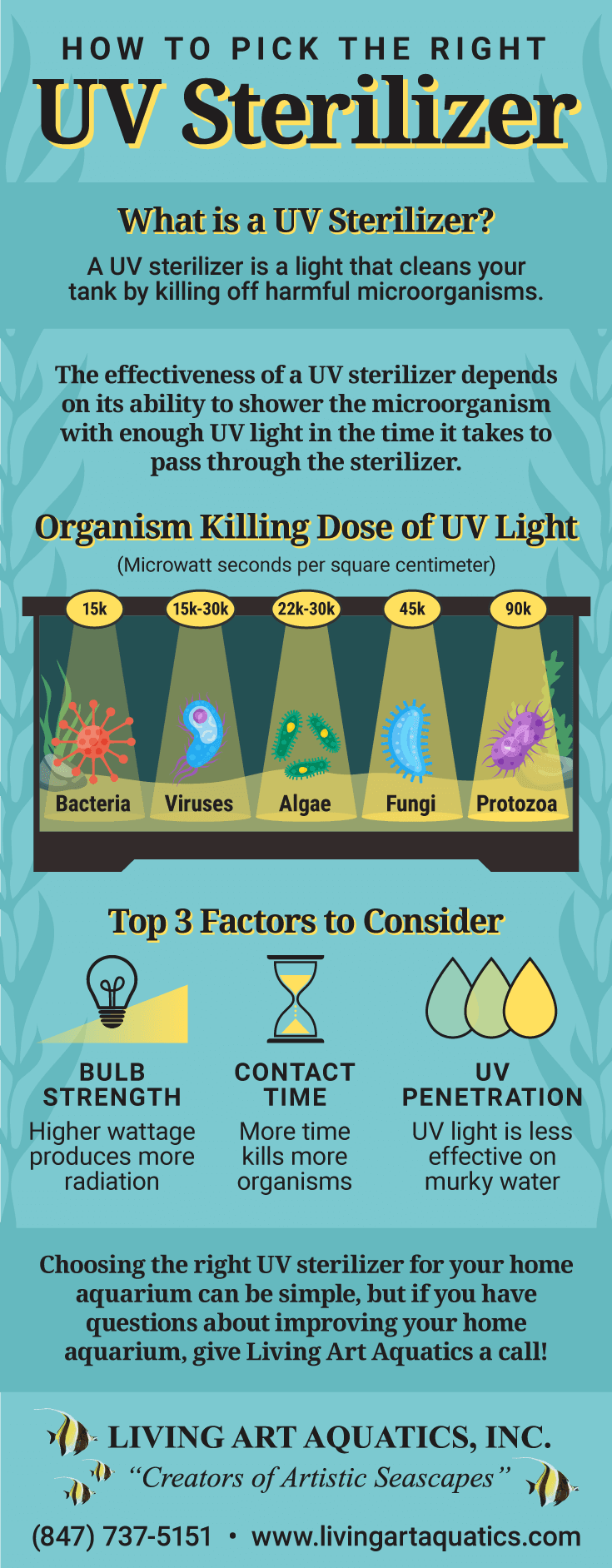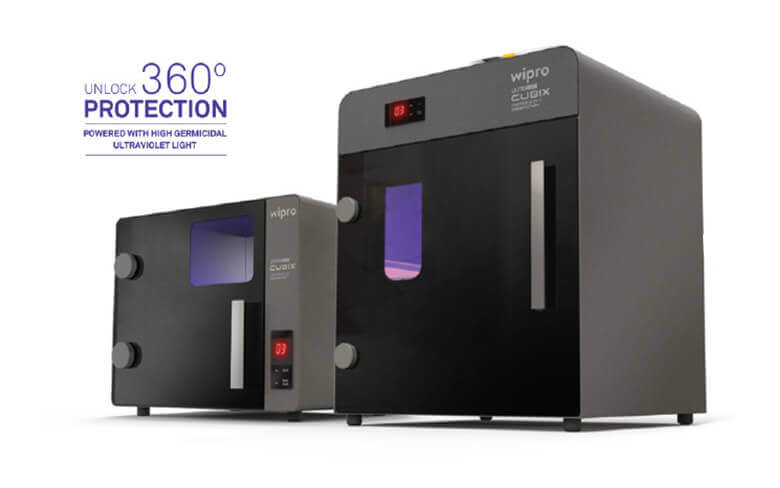Uvc Light Things To Know Before You Buy
Uvc Light Things To Know Before You Buy
Blog Article
The Ultimate Guide To Uvc Light
Table of ContentsSee This Report on Uvc LightThe smart Trick of Uvc Light That Nobody is Talking AboutThe Greatest Guide To Uvc LightOur Uvc Light StatementsGetting The Uvc Light To WorkSome Ideas on Uvc Light You Should Know
A new sort of ultraviolet light that might be safe for individuals took less than five minutes to decrease the level of indoor air-borne microorganisms by greater than 98%, a joint study by researchers at Columbia University Vagelos College of Physicians and Surgeons and in the U.K. has found. Even as microbes remained to be sprayed into the space, the degree stayed very reduced as long as the lights got on.Up until currently these studies had actually only been performed in little speculative chambers, not in full-sized areas resembling real-world conditions. In the existing research study, scientists at the University of St. Andrews, College of Dundee, University of Leeds, and Columbia University evaluated the efficacy of far-UVC light in a huge room-sized chamber with the very same ventilation price as a common home or workplace (regarding three air changes per hour).
The effectiveness of various methods to decreasing interior infection levels is normally gauged in regards to comparable air adjustments per hour. In this research, far-UVC lights generated the matching of 184 equivalent air exchanges per hour. This goes beyond any kind of other approach to sanitizing occupied interior rooms, where five to 20 equivalent air modifications per hour is the most effective that can be accomplished virtually.
3 Simple Techniques For Uvc Light

The major specifications of UV-C disinfection are wavelength, dosage, relative moisture, and temperature. There is no agreement concerning their optimum values, but, in general, light at a high dose and a spectrum of wavelengths containing 260 nm is preferred in an environment at space temperature level with reduced loved one moisture. This light can be produced by mercury-vapour, light-emitting diode (LED), pulsed-xenon, or excimer lamps.
UV-C disinfection systems have appealing functions and the potential to boost in the future. UV-C disinfection must currently be considered for low-level instead than top-level sanitation.
One more application occurred in 1910 when UV light was used to sanitize water. Nevertheless, the innovation was not very trusted at the time and it took even more technological developments before UV water sanitation became prominent again in the 1950s [ 2] Nowadays, UV light is made use of for water, air, food, surface, and clinical equipment disinfection.
Not known Facts About Uvc Light
DNA, RNA, or proteins of a micro-organism take in UV light, with a peak absorbance around 260 nm [6] This leads to the disturbance of DNA or RNA, leading to the inactivation of the micro-organism. UV-C-induced DNA interruption often consists of the bonding of two neighbouring thymine (or cytosine) bases instead of the traditional linking of a base with its complementary base upon the other hair.

The UV-C area is used for try this disinfection yet there is no agreement on the precise optimal wavelength. Microbial DNA and RNA have peak absorbances of light at 260265 nm and around 260 nm, specifically [6] Light at 260 nm can cause the most disruption (uvc light). Various micro-organisms are most vulnerable to somewhat various wavelengths.
Facts About Uvc Light Revealed
It even has a fringe benefit by decreasing photoreactivation through a decrease of photolyase [9] On the other hand, it has technological ramifications considering that the overall energy of the light beam of light is after that separated over all existing wavelengths. Therefore, a micro-organism that is vulnerable to 254 nm light will certainly be inactivated much more by a lamp that gives off entirely Home Page light at 254 nm than a lamp that emits a wavelength range at equivalent total power.
Exposure times of 1045 minutes for room disinfection and 25 s to 5 min for clinical tools were encountered in literature.
Further, the output of a lamp decreases in time, so it is recommended to determine the dosage at the end of lamp life, which is agent of a worst-case situation. The dosage additionally influences the quantity of photoreactivation. Quek et al. found that the percentage of photoreactivation lowered from 5.31% to 0% for a rise in dosage from 1.6 to 19.7 mJ/cm2 [8]
The impact of temperature level depends on the light source.
4 Easy Facts About Uvc Light Explained


This is known as much UV-C modern technology and is a relatively brand-new disinfection method with minimal knowledge about its performance.
In study, the outcomes on pulsed versus continual UV-C sanitation performance differ. When contrasting pulsed and continuous light it is important to keep other variables such as wavelength and dosage constant.
3 Simple Techniques For Uvc Light
In situation ozone is not needed for sanitation, a changed light can be utilized. web link For mercury-vapour lights, drugged quartz glass or specialized soft glass can strain short-wave UV-C light. For pulsed-xenon, drugged quartz can be utilized also [30] UV-C has appealing attributes for disinfection such as automated disinfection, being less lengthy than widely utilized handbook or chemical sanitations, leaving no harmful residuals, and being eco-friendly (if no mercury-vapour lights are used) [31,32]
Report this page